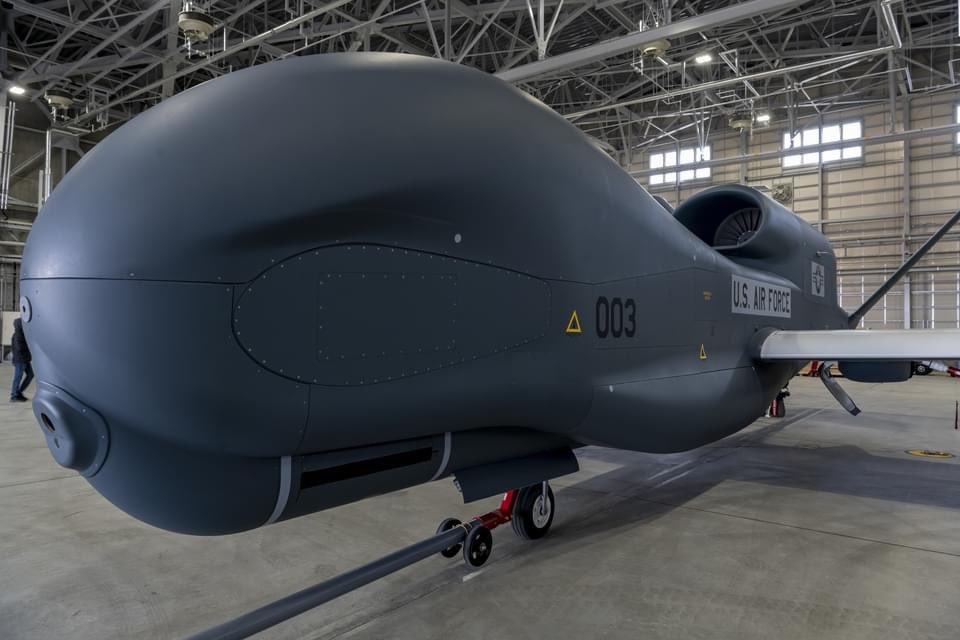Japan intends to strengthen the country’s defenses by 2027 and enhance its capability to fight off any invasion, Defense Minister Yasukazu Hamada told reporters on October 21.
Hamda outlined a new two-phase plan to an expert government panel on October 20, which sets out goals for the next five and roughly ten years across seven fields, including standoff missiles and drones.
The ten-year plan also includes expanding Japan’s defensive capabilities across more considerable distances.
The Japanese Defense Ministry considers standoff missiles and drones critical to the country’s future protection. Japan also aims to field hypersonic standoff missiles within the next ten years that can travel at five times the speed of sound.
As part of these goals, Tokyo plans to introduce a new version of its indigenously developed Type 12 surface-to-ship cruise missile (SSM) with an extended range by 2026.
Type 12 Surface-To-Ship Missile
Initially, the Type 12 SSM had a range of around 200 kilometers. In comparison, the new extended-range version will reportedly have a range of at least 900 kilometers, which could eventually be increased to 1200 kilometers.
Japan’s Defense White Paper released in July 2022 provided the first look at the new missile, which looks like the American-made AGM-158 JASSM (Joint Air-to-Surface Standoff Missile).

The upgraded missile version will feature a modified shape with a reduced radar cross-section (RCS) to make it stealthy.
The new Type 12 SSM will also have Up to Date Command, enabling the missile to receive targeting information via satellite communications while in flight, achieving more accuracy against mobile targets.
Notably, the Type 12 SSM will also be developed in ship- and aircraft-launched versions in addition to the conventional ground-launched version in the next few years.

The Japanese government decided to extend the range of the Type 12 SSM in 2020 in light of Chinese maritime expansion and military buildup.
The extended-range version of the missile would allow Japan to strike adversary naval vessels from standoff range – outside the range of enemy anti-aircraft missiles.
The Japanese government intends to deploy around 1000 long-range cruise missiles, mainly from Kyushu, to the Nansei island chain, from where they could even reach North Korea and the coastal areas of China.
Attack Drones
Japan’s recent interest in attack drones has been spurred by the ongoing Ukraine war, where drones are being employed at a large scale by both sides to destroy the enemy’s military positions, armored formations, and other high-value targets such as energy grids, etc.
While it remains unclear if combat drones could fully deter a potential Chinese invasion of Japan’s outer islands, they could certainly complicate the assaults mounted by the Chinese military in the event of such an invasion, as has been observed in the case of the Russian military in Ukraine.
Japan’s domestic defense industry lags far behind China’s in the military unmanned aerial vehicles (UAVs) field because, until recently, the Japanese Self-Defense Forces (JSDF) did not consider drones to be strategically important.
The JSDF’s drone fleet is primarily centered around intelligence, surveillance, and reconnaissance (ISR) capabilities, such as the US-made Global Hawk used by Air Self-Defense Forces and the US-made ScanEagle drone used by the Ground Self-Defense Forces.

However, Japan is now moving toward strengthening its attack drone capabilities as well, the first sign of which is the country’s defense budget for the fiscal year 2023, which includes funding for research on the performance and fuselage design of small attack drones produced by other countries.
Notably, Japan is also making efforts to develop the artificial intelligence (AI) and remote flight control systems needed to employ combat drones more effectively, which experts suggest is inspired by China’s progress in the capabilities to mount a ‘saturation attack’ involving a large number of drones to overwhelm enemy air defenses and gain low-altitude air superiority.
In May, China’s Zhejiang University stunned the global scientific community by revealing a technology that allowed ten drones to navigate through a natural bamboo forest without colliding and using the Global Positioning System.
These drones are equipped with sensors that enable them to move autonomously and instantly process data sent from a camera to determine their geospatial location. The drones can also exchange information with each other to avoid complex obstacles during the flight.
Hypersonic Weapons
Japan has plans to introduce two classes of standoff hypersonic systems, namely the Hypersonic Cruise Missile (HCM) and the Hyper Velocity Gliding Projectile (HVGP).
The HCM will be powered by a scramjet engine and based on reports, it will be similar to a typical missile, although one that cruises at a much higher speed and can travel at long ranges.
:quality(70)/cloudfront-us-east-1.images.arcpublishing.com/archetype/UG45C62FMJC6NJOXQ6HZGRUGTE.jpg)
The HVGP will have a solid-fuel rocket engine that will propel its warhead payload toward a certain altitude, after which it will separate from the booster and glide toward its target using its altitude to maintain high velocity until impact. It will be guided by the Global Navigation Satellite System (GNSS) and attack the target from above at 90 degrees.
These hypersonic weapons will be armed with two types of warheads, one for seaborne targets and the other for land targets. The former will be an armor-piercing warhead to penetrate an aircraft carrier’s deck. The land-attack version will comprise a multiple high-density, explosively formed projectile, or EFP, for area suppression.
The Japanese Defense Ministry has also dedicated resources to developing counter-hypersonic capabilities.
As EurAsian Times reported earlier, a substantial portion of its 2023 defense budget will be allocated for developing satellite constellation technology, which processes data through a network of smaller satellites.
This network of satellites is believed to be meant for tracking hypersonic missiles that are otherwise capable of evading missile defense systems like Aegis, used by JSDF.
In January this year, it was revealed that Japan is also working to develop electromagnetic ‘rail guns,’ capable of firing projectiles at Mach 7 — seven times the speed of sound —to intercept highly maneuverable hostile hypersonic missiles.
- Contact the author at tanmaykadam700@gmail.com
- Follow EurAsian Times on Google News




